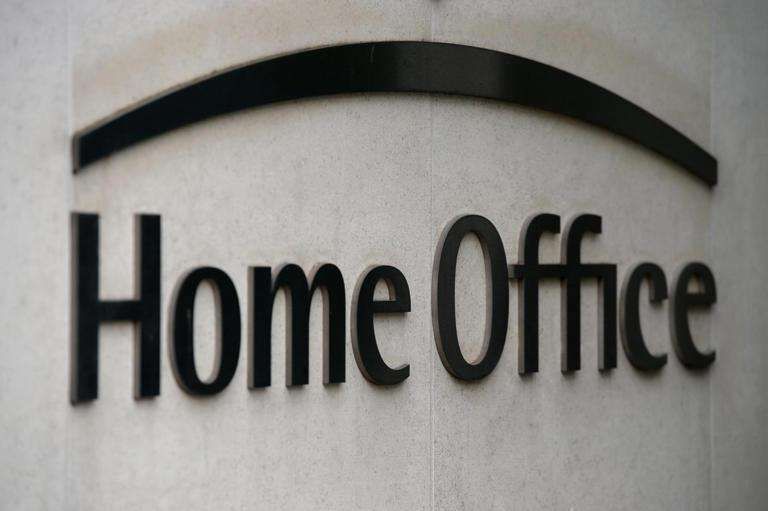According to a Nationwide analysis, mortgage activity and home price growth have been "surprisingly resilient" in spite of persistent affordability issues.
According to data from the largest building society in Britain, individuals who work as laborers, cleaners, couriers, or in customer service or caring roles may find that, depending on a typical first-time buyer property, their mortgage consumes more than half of their take-home earnings.
Andrew Harvey, a senior economist at Nationwide Building Society, said UK housing affordability had seen a modest improvement over the past year due to earnings growth marginally outpacing house price growth and a slight reduction in average borrowing costs.
But housing affordability remains “stretched” by longer-term standards, he said.
Tips for first-time buyers
Mr Harvey said: “A prospective buyer earning the average UK income and buying a typical first-time buyer property with a 20% deposit would have a monthly mortgage payment equivalent to 36% of their take-home pay – well above the long-run average of 30%.
“Furthermore, house prices remain high relative to average earnings, with the first-time buyer house price-to-earnings ratio standing at 5.0 at the end of 2024, still far above the long-run average of 3.9.
“Consequently, the deposit hurdle remains high.”
The challenge of saving for a deposit has been made worse by record rent rises in recent years and the wider cost-of-living crisis, he said.
In 2023-24, around 40% of first-time buyers had some help raising a deposit, either in the form of a gift or loan from family or friends, or through an inheritance, the report said.
Mr Harvey added: “Despite these affordability challenges, mortgage market activity and house prices proved surprisingly resilient in 2024.
Best questions to ask a mortgage advisor
“Annual house price growth ended the year at 4.7%, a marked improvement from the small declines seen at the start of 2024.
“The number of mortgage approvals returned to 2019 levels, despite typical mortgage rates being around three times higher. Perhaps even more remarkably, first-time buyers’ share of house purchase mortgages was actually higher in 2024 (54%) than it was pre-pandemic (51%).
“Looking ahead, providing the economy recovers steadily, as we expect, the underlying pace of housing market activity is likely to continue to strengthen gradually as affordability constraints ease through a combination of modestly lower interest rates and earnings outpacing house price growth.”
The report also looked at housing affordability for people in different professions and found mortgage payments relative to take-home pay are typically lowest for those in managerial and professional roles, where average earnings tend to be higher.
It found that mortgage payments on a typical first-time buyer property would swallow up around a quarter (25.6%) of the take-home pay of managers, directors and senior officials.
However, for people in professional occupations generally, this would increase to 30.9%.
- Most and least affordable authorities to buy propertyNationwide also looked at the most and least affordable local authorities in UK nations and regions.Here are the least affordable authorities per nation or region, as measured by the typical first-time buyer house price-to-earnings ratio (data is not available for Northern Ireland):
- London, Kensington and Chelsea, 13.6
- Outer South East, Chichester, 8.5
- Outer Metropolitan, Three Rivers, 7.8
- South West, Bath and North East Somerset, 7.8
- East Anglia, Cambridge, 7.7
- Yorkshire and the Humber, York, 6.3
- West Midlands, Wychavon, 6.3
- East Midlands, Derbyshire Dales, 6.3
- North West, Trafford, 6.2
- Wales, Cardiff, 5.6
- Scotland, Edinburgh, 5.4
- North, Westmorland and Furness, 4.4
Here are the most affordable authorities per nation or region, as measured by the typical first-time buyer house price-to-earnings ratio- Scotland, Aberdeen, 2.5
- North West, Burnley, 2.8
- North, Hartlepool, 2.8
- Yorkshire and the Humber, North East Lincolnshire, 3.3
- Wales, Blaenau Gwent, 3.5
- West Midlands, Stoke-on-Trent, 3.7
- East Midlands, Chesterfield, 4.1
- East Anglia, Great Yarmouth, 4.5
- Outer Metropolitan, Surrey Heath, 4.8
- Outer South East, Tendring, 5.0
- South West, Swindon, 5.3
- London, Enfield, 6.2
Mortgage payments for those in skilled trades buying a typical first-time buyer property would account for 41.3% of take-home pay, increasing to 43.0% for plant and machine operatives.For people in admin and secretarial roles it would be 47.2%, for sales and customer service staff, these mortgage payments would represent 51.9% of take-home pay, which is the same for people working in caring and leisure services.For those working in elementary occupations, including construction and manufacturing labourers, cleaners and couriers, the proportion is 52.0%.Mr Harvey added that these are “benchmark measures” which use average earnings in each occupational group and the UK typical first-time buyer property price.He said: “In practice, those in higher paid occupations may choose to buy more expensive properties.”Mr Harvey added that house price-to-earnings ratios remain broadly similar to a year ago across the UK, with London continuing to have the highest ratio at 8.0 and Scotland the lowest at 3.0.


_7.jpg)

_8.jpg)



.svg)



